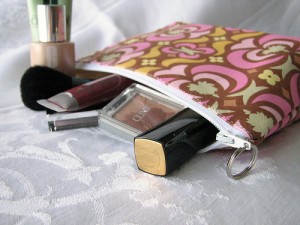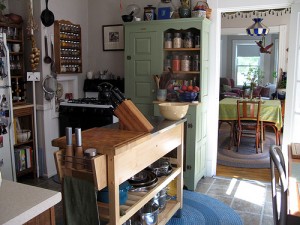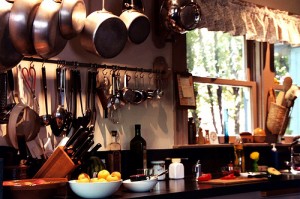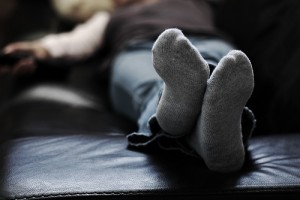I’ve been doing a lot of thinking about the direction of this blog. The truth is, the more settled we become in frugality, the harder it’s become for me to find inspiration for finance-related posts. As Tony and I continue to live a healthy, simple lifestyle, though, I’ve been hit with a ton of inspiration and ideas about simplicity and healthy living.
This is a frugal blog, and I want it to remain a frugal blog. But I’ve been doing some thinking about what frugality really means to me and why I started this blog and this lifestyle to begin with.
When I started this blog, I wanted to document our financial journey and learn new ways to save money. But more than that, I wanted to live healthfully, happily, and simply. That’s why I named the blog “Living Well on Less.” Above all else, I want to live well (don’t we all?). Spending wisely is just another part of living well. Budgeting and saving free us from the stress of paycheck-to-paycheck living and allow us to focus on living a simple, healthy lifestyle.
As I approach the 1-year anniversary of this blog, I’d like to shift my focus just a little bit. I’ll be writing more about lifestyle, simple living, healthy living, and, as my blog title says, living well.
This doesn’t mean I’m abandoning finance posts. After all, mindful spending is a huge part of the simple, frugal lifestyle. I’ll still write about saving money and spending wisely. But I’ll also be writing more about health and wellness, happiness, and simplicity. I’ve always written on these topics, but in the past I felt compelled to tie them in somehow with finance. From now on, all of my posts won’t be related to finance. Some of them will just fall under the umbrella of living well.
I hope you’ll find this updated theme helpful and interesting. I’m so excited! I have a ton of ideas, and I can’t wait to share them with you.
As always, feel free to contact me or comment if you have suggestions for topics you’d like to read about on “Living Well on Less.” Thanks for reading!



